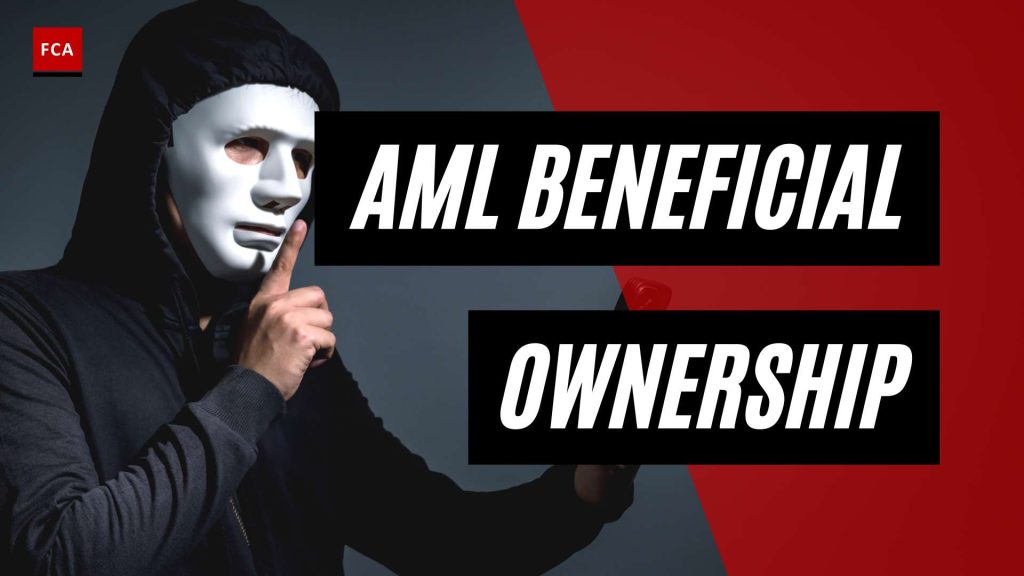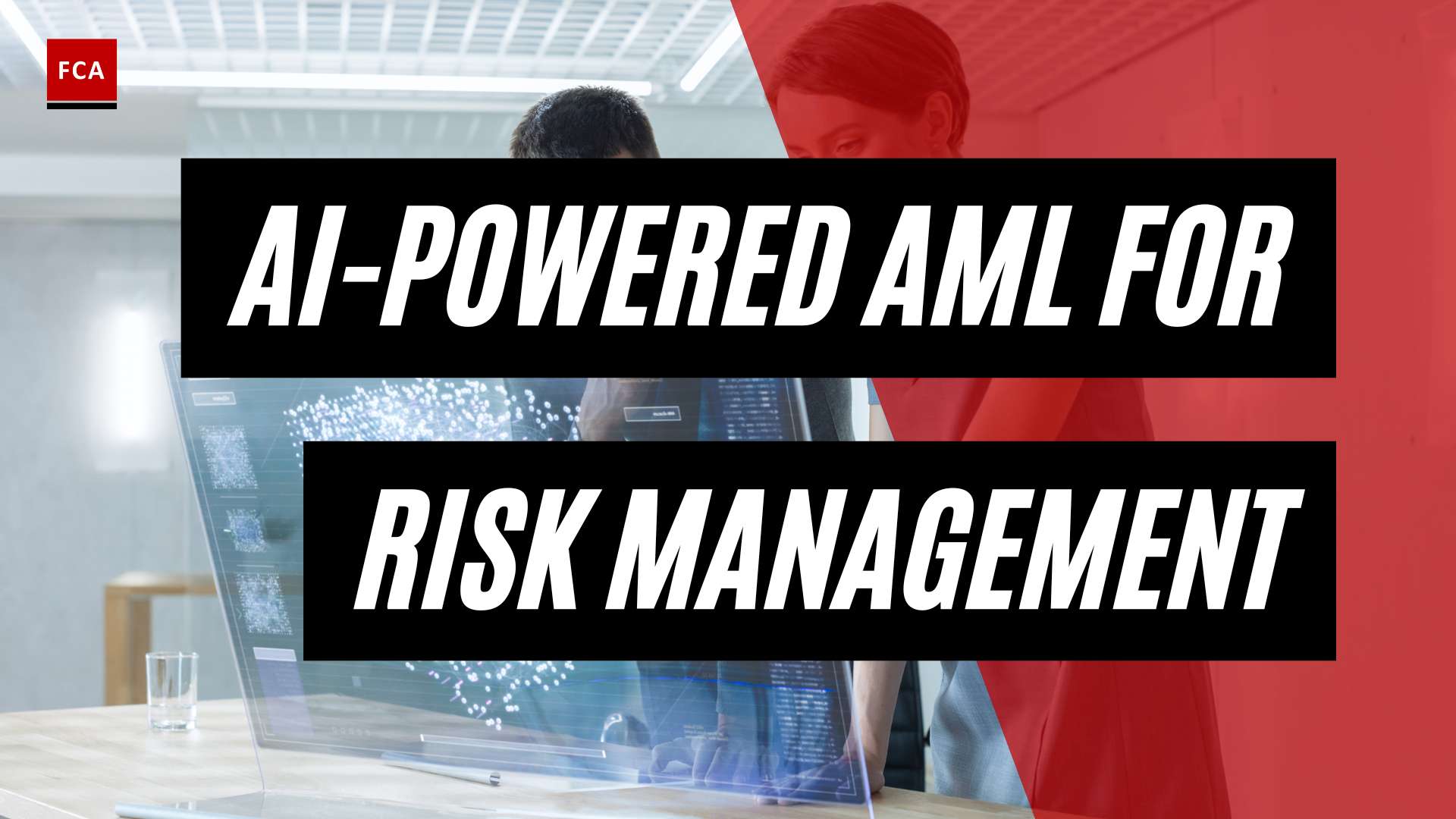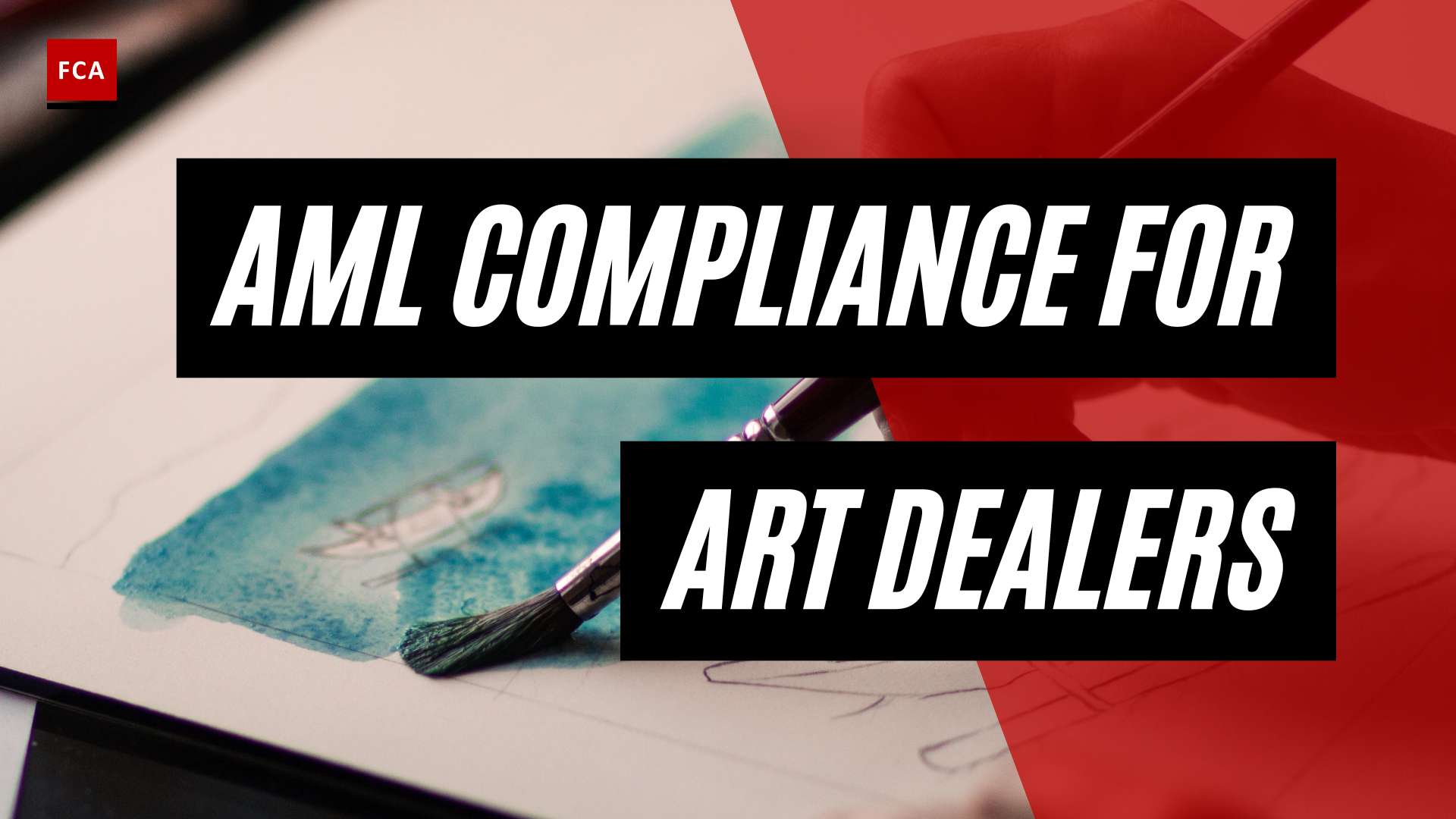Understanding Beneficial Ownership
The concept of beneficial ownership is a critical component within the fields of finance, law, and anti-money laundering (AML) compliance. Understanding how it works can help professionals make better-informed decisions, enhance transparency, and aid in the fight against financial crime.
Concept of Beneficial Ownership
Beneficial ownership refers to a situation where an individual or entity enjoys the benefits of owning an asset, even though its title is in another name. In other words, the beneficial owner is the true owner of the asset. This can apply to a variety of asset types, including stocks, real estate, and trusts.
A common example of beneficial ownership is when shares of a company are registered in the name of a broker, but the true owner is the client whose account the shares are held in (Investopedia). The client, as the beneficial owner, retains the rights to vote the shares and receive dividends.
Another instance of beneficial ownership can be seen in trusts, where a trustee holds legal title to property for the benefit of a beneficiary. Even though the trustee has legal ownership, the beneficiary is the beneficial owner and enjoys the benefits of the property.
Beneficial ownership can sometimes be deliberately obscured, such as in the use of shell companies or offshore banking. These tactics can make it difficult to identify the true owner of an asset, which can be exploited in the stages of money laundering, particularly during the layering stage.
Importance of Beneficial Ownership
Identifying beneficial ownership is a key component of anti-money laundering compliance. By requiring the disclosure of beneficial ownership, authorities can enhance transparency, prevent illicit activities, and ensure the integrity of financial markets.
Moreover, the Securities and Exchange Commission (SEC) requires public companies to disclose beneficial ownership of the company’s stock. This crucial information helps investors make informed decisions by knowing who truly controls the company (Investopedia).
From a compliance perspective, understanding beneficial ownership is fundamental to implementing effective Know Your Customer (KYC) and Customer Due Diligence (CDD) procedures. By identifying and verifying the beneficial owners of their clients, financial institutions can better assess risk, detect suspicious activity, and prevent money laundering and other financial crimes.
In summary, beneficial ownership plays a significant role in fostering transparency, promoting good governance, and combating financial crime. As professionals in the field, it’s crucial to understand this concept and its implications for AML and financial crime prevention.
Beneficial Ownership in Different Contexts
The concept of beneficial ownership is applied differently in various contexts, such as the stock market, real estate, and business. Understanding these applications is crucial for professionals working in compliance, risk management, anti-money laundering, and anti-financial crime.
Beneficial Ownership in the Stock Market
In the context of the stock market, beneficial ownership refers to a situation where an individual or entity enjoys the benefits of owning shares, even though the shares are registered in the name of a broker (Investopedia). This is a common practice in the stock market where the shares are held in the name of a broker, but the true owner is the client who has the right to vote the shares and receive the dividends.
In this scenario, there are two types of owners: the legal owner and the beneficial owner. The legal owner is the individual or entity that holds the legal title of the shares but does not have economic or voting rights. On the other hand, the beneficial owner of the shares is the individual who enjoys the commercial benefits of the shares, such as rights to capital, dividends, and sometimes voting rights.
Beneficial Ownership in Real Estate
In real estate, beneficial ownership comes into play when a property is owned by a trust or a company. The legal title of the property is held by the trust or company, but the beneficial owner is the individual or entity that enjoys the benefits of the property, such as rental income or sale proceeds.
This arrangement is sometimes used for estate planning purposes or for privacy reasons. However, it can be exploited for illicit activities, such as money laundering. For instance, criminals may use shell companies to conceal their identity as the beneficial owner of a property in the layering stage of money laundering.
Beneficial Ownership in Business
In a business context, beneficial ownership is a key concept in anti-money laundering compliance. It refers to individuals who ultimately own or control a customer and/or the individuals on whose behalf a transaction is being conducted. This is particularly relevant in the context of Know Your Customer (KYC) and Customer Due Diligence (CDD) procedures.
Identifying beneficial owners in a business context can be challenging due to complex ownership structures and the use of legal entities such as trusts and companies. Nevertheless, it is a crucial step in preventing and detecting financial crimes like money laundering, as it helps to expose the individuals who are truly behind a transaction or activity. For more information on the role of beneficial ownership in anti-money laundering, refer to our article on beneficial ownership and anti-money laundering.
Regulatory Requirements and Beneficial Ownership
As part of a comprehensive approach to combating financial crimes, regulatory requirements concerning beneficial ownership have been established. These regulations aim to promote transparency and deter illicit activities such as money laundering.
Disclosure Requirements for Beneficial Ownership
To enhance transparency, banks are required to establish and maintain written procedures to obtain and verify beneficial ownership information for legal entity customers (FFIEC). The disclosure requirements include providing identifying information like name, date of birth, and Social Security number.
The maintenance and updating of customer information should be based on risk. However, retroactive reviews for existing customers as of May 11, 2018, are not mandatory. The banks can rely on the information provided by legal entity customers regarding the identity of beneficial owners, as long as there are no facts that call into question the reliability of such information.
If a bank suspects that equity holders are attempting to avoid reporting thresholds, it must file a Suspicious Activity Report. This process is a critical component of anti-money laundering compliance and customer due diligence procedures.
The Beneficial Ownership Rule
The Beneficial Ownership Rule is a significant regulatory measure designed to combat financial crime. According to the rule, financial institutions are required to establish and maintain written procedures outlining their due diligence processes for beneficial ownership identification and verification (FFIEC).
The definition of “beneficial owner” includes individuals who own 25% or more of a legal entity customer and an individual with significant responsibility to control, manage, or direct the legal entity customer. The identification of beneficial owners serves to deter the misuse of corporate structures for illicit activities such as money laundering, especially during the layering stage of money laundering.
The Beneficial Ownership Rule is instrumental in shedding light on the opaque practices often associated with shell companies and offshore banking. By making entities more transparent and less attractive to criminals, the rule plays a vital role in enhancing the effectiveness of anti-money laundering efforts.
Implementing Beneficial Ownership Regulations
Implementing beneficial ownership regulations is a crucial step in preventing money laundering and other types of financial crime. To ensure compliance, financial institutions should establish robust procedures for identifying beneficial owners and verifying their information.
Procedures for Identifying Beneficial Owners
As per the Beneficial Ownership Rule, banks are required to establish and maintain procedures to identify beneficial owners of legal entity customers (FFIEC). This includes disclosing identifying information such as name, date of birth, and Social Security number.
The process of identifying beneficial owners generally involves obtaining a completed ownership declaration from the legal entity customer. This declaration should include the name, address, date of birth, and identification number of each beneficial owner.
Moreover, financial institutions should establish procedures for maintaining and updating customer information based on risk. However, as per FFIEC, retroactive reviews for existing customers as of May 11, 2018, are not mandatory.
Verification of Beneficial Ownership Information
Once the beneficial owners have been identified, banks are required to verify the provided information. According to FFIEC, banks may rely on the information provided by legal entity customers regarding the identities of beneficial owners, unless there are facts that call into question the reliability of such information.
Reasonable measures must be taken to confirm the accuracy of the beneficial ownership information when first obtained and in the course of conducting ongoing monitoring of business relationships. This may include referring to official documentation or records and having the client sign a document to confirm the accuracy of the information.
If a bank suspects that equity holders are attempting to avoid reporting thresholds, a Suspicious Activity Report must be filed. Such measures help in uncovering potential illicit activities, such as the use of shell companies in the layering stage of money laundering.
Implementing these procedures for identifying and verifying beneficial ownership information is a crucial component of anti-money laundering compliance and customer due diligence. By enhancing transparency and accountability, beneficial ownership regulations can help prevent financial crime and safeguard the integrity of the global financial system.
Beneficial Ownership and Anti-Money Laundering
Beneficial ownership plays a significant role in efforts to combat money laundering and other forms of financial crime. Understanding who ultimately owns or controls a legal entity is crucial to establishing accountability and ensuring transparency in business transactions.
Role of Beneficial Ownership in AML
Beneficial ownership is defined by FATF-Egmont as the natural person(s) who ultimately owns or controls a customer and/or the natural person on whose behalf a transaction is being conducted. This includes those persons who exercise ultimate effective control over a company and those persons on whose behalf a transaction is being conducted.
In the context of Anti-Money Laundering (AML), beneficial ownership information is crucial in identifying potential illicit activities, such as those that occur during the layering stage of money laundering. Criminals may attempt to obscure the true ownership of assets during this stage, often using complex structures or shell companies to hide their identity.
Moreover, beneficial ownership information is a key component of customer due diligence practices within the AML framework. Financial institutions are required to identify and verify the beneficial owners of their customers under the know your customer (kyc) and anti-money laundering compliance regulations.
Impact of Concealing Beneficial Ownership
Concealing beneficial ownership can have significant implications for AML efforts. According to FATF-Egmont, the misuse of legal persons for the concealment of beneficial ownership can facilitate money laundering, terrorism financing, corruption, tax evasion, and other financial crimes.
The lack of accurate and up-to-date beneficial ownership information in corporate registries can create opportunities for bad actors to hide their identities. This opacity can allow criminals to exploit legal persons to carry out illicit activities, making it challenging for authorities to investigate and prosecute financial crimes.
To address these issues, countries need to enhance their regulatory frameworks, improve transparency, and strengthen international cooperation in sharing beneficial ownership information among relevant authorities. Implementing standards related to the effective disclosure of beneficial ownership information can help authorities detect and disrupt criminal activities, enhancing transparency and preventing the misuse of legal entities for illicit purposes.
As part of regulatory efforts, for example, companies in the U.S. are required to report beneficial ownership information to the Department of the Treasury to prevent bad actors from benefiting through shell companies or other opaque ownership structures.
In conclusion, beneficial ownership plays a critical role in AML efforts. By ensuring transparency in business transactions and ownership structures, it becomes more difficult for criminals to exploit legal entities for illicit activities. As such, beneficial ownership serves as a powerful tool in the fight against money laundering and other forms of financial crime. For more on anti-money laundering, view our comprehensive guide on the stages of money laundering.
International Perspectives on Beneficial Ownership
The global anti-money laundering (AML) landscape is growing more complex, and the issue of beneficial ownership plays a central role. Different countries have varying rules on beneficial ownership, making international cooperation crucial for transparency and combating financial crimes.
Beneficial Ownership Rules in Different Countries
The concept of beneficial ownership involves identifying the natural person(s) who ultimately owns or controls a customer and/or the natural person on whose behalf a transaction is being conducted. However, the specifics of beneficial ownership requirements can vary greatly from country to country.
For instance, under the Proceeds of Crime (Money Laundering) and Terrorist Financing Act (PCMLTFA) in Canada, all reporting entities (REs) must comply with beneficial ownership requirements. Beneficial owners are defined as individuals who directly or indirectly own or control 25% or more of a corporation or an entity other than a corporation (source).
It’s important for professionals in compliance and risk management to understand the nuances of beneficial ownership regulations in various jurisdictions. This includes the type of beneficial ownership information that must be obtained, how to confirm its accuracy, and the obligations for ongoing monitoring (source).
International Cooperation for Transparency
The misuse of legal persons and concealment of beneficial ownership can facilitate financial crimes such as money laundering, terrorism financing, and corruption. This makes it critical for countries to enhance their regulatory frameworks, improve transparency, and strengthen international cooperation in sharing beneficial ownership information.
International bodies such as the Financial Action Task Force (FATF) play a crucial role in setting global standards for combating money laundering and terrorist financing. These standards include recommendations for countries to implement effective disclosure of beneficial ownership information.
Moreover, financial institutions must be proactive in adopting robust customer due diligence measures, including the identification and verification of beneficial owners. This aspect is integral to any comprehensive anti-money laundering compliance program.
The concealment of beneficial ownership, especially through shell companies and offshore banking, can facilitate the layering stage of money laundering, making it difficult for authorities to trace illicit funds. By harnessing the power of transparency in beneficial ownership, countries can enhance their ability to detect and disrupt money laundering schemes, thereby protecting their financial systems from abuse.
The international community’s commitment to enhancing transparency in beneficial ownership is a powerful tool in the global fight against financial crime. Through cooperation and information sharing, countries can work together to prevent the misuse of legal persons for illicit purposes and ensure the integrity of the global financial system.








